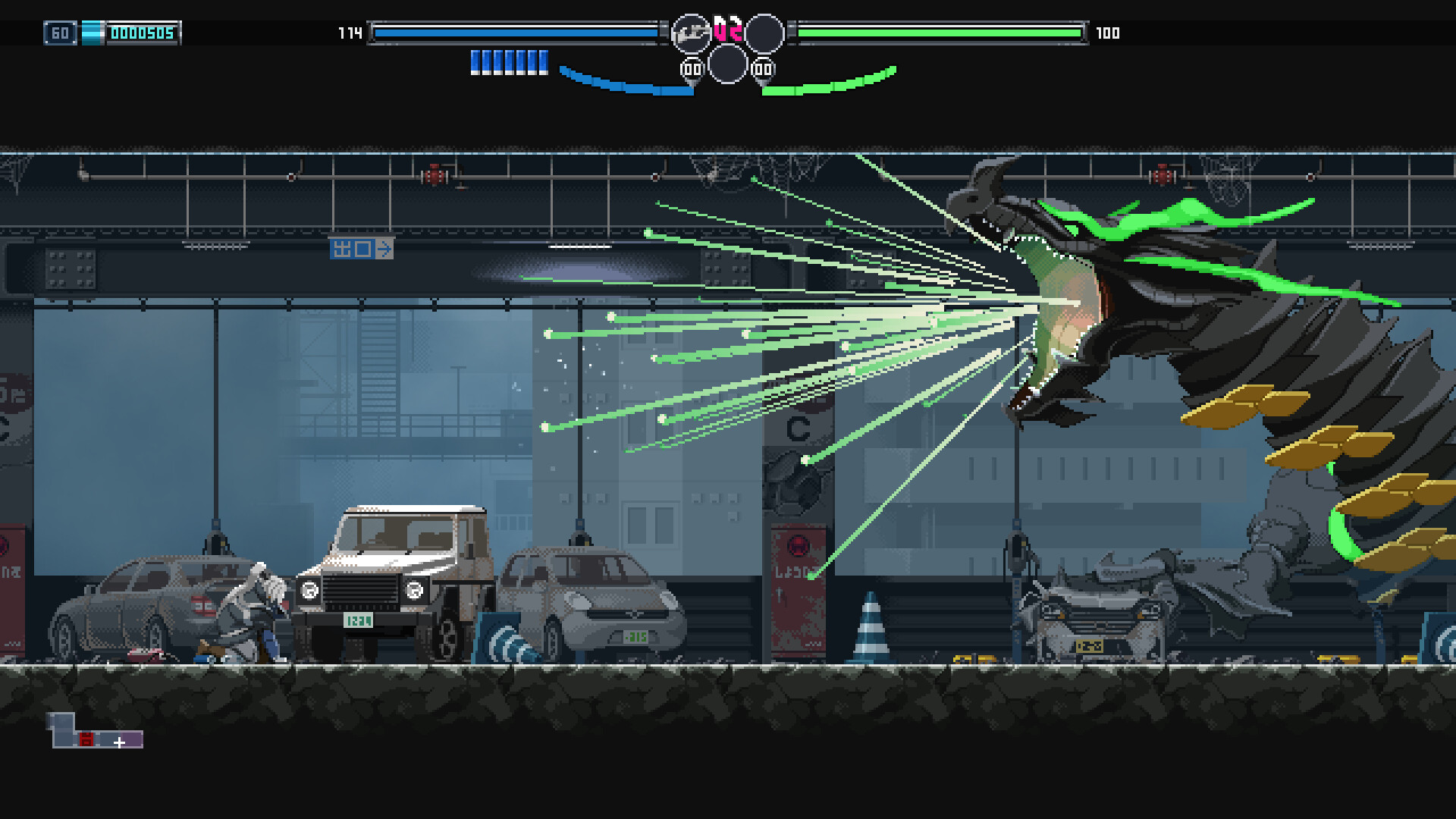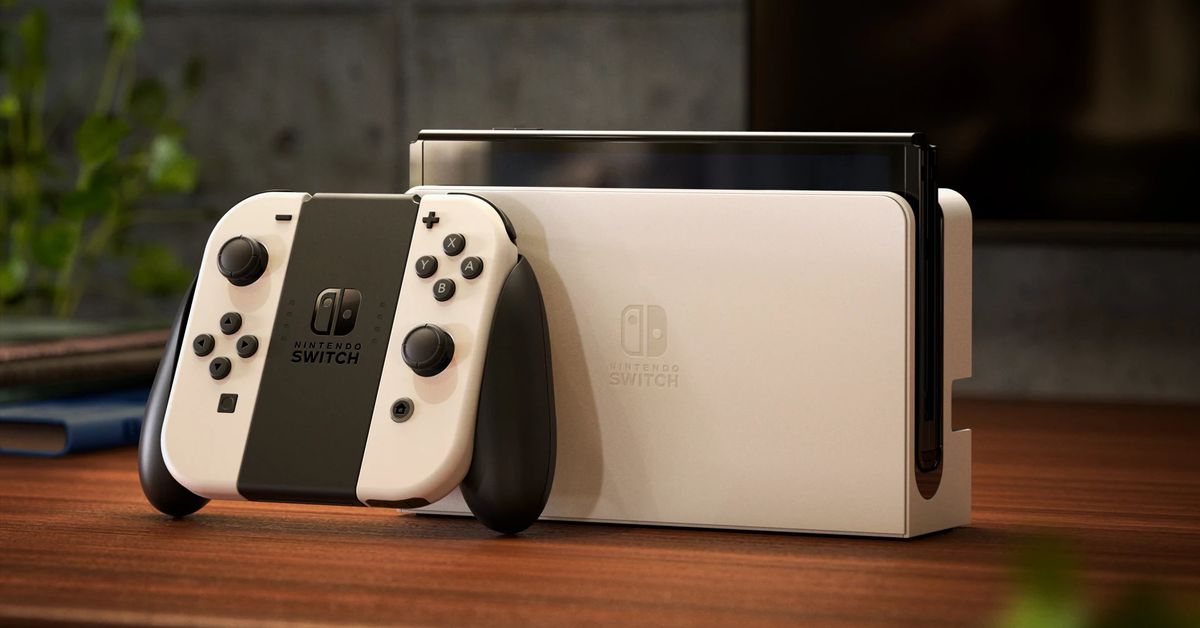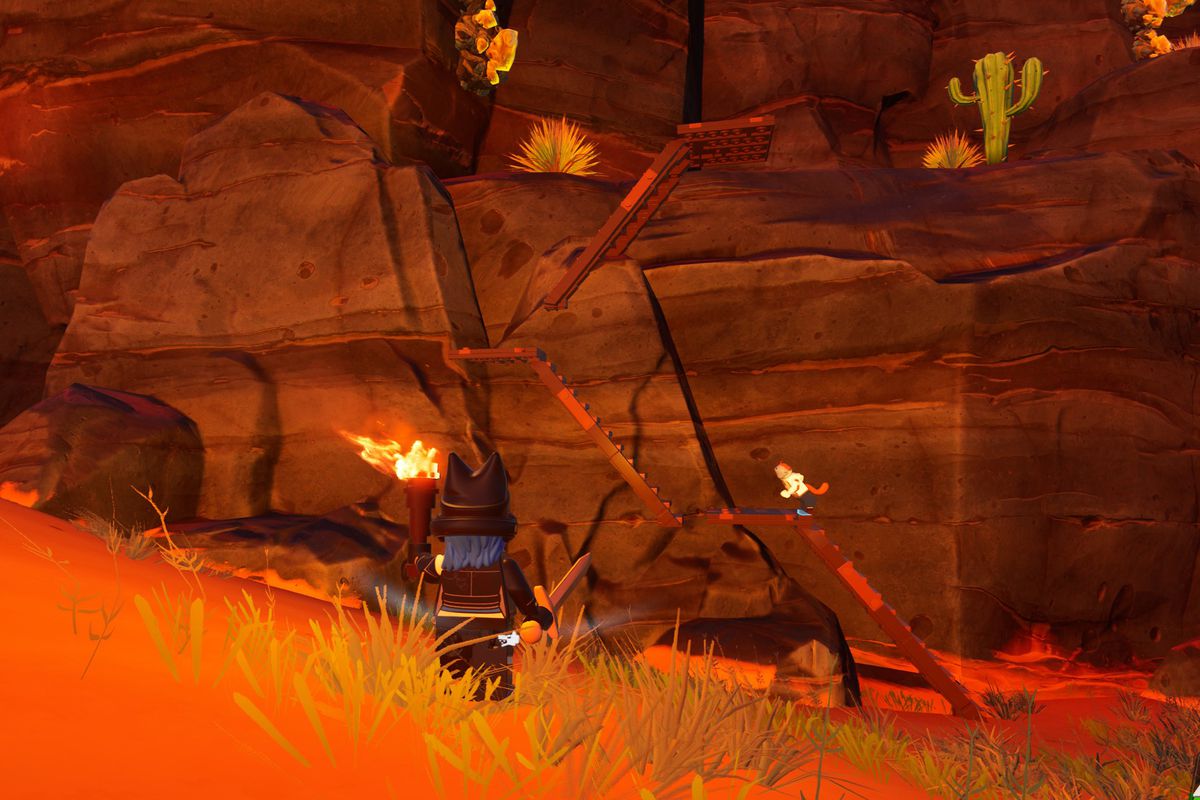I tend to remember video games for their “master stroke” — the sequence, set piece, or revelatory discovery in which everything the developers were trying to do coalesced in one defining moment. In some cases, as with Resident Evil 4’s village battle, these moments set the pace and tone for the rest of the game. In others, such as Red Dead Redemption’s farm epilogue, they work as a reframing of the dozens of hours that came before. In The Legend of Zelda: Tears of the Kingdom, Nintendo’s open-world epic, the master stroke does a little bit of both. And this particular moment’s seeds were planted 32 years ago, in A Link to the Past.

In 2023, Polygon is embarking on a Zeldathon. Join us on our journey through The Legend of Zelda series, from the original 1986 game to the release of The Legend of Zelda: Tears of the Kingdom and beyond.
We tend to talk about Tears of the Kingdom in the same way we talk about many immersive sims: focusing on the ways we pushed the limitations of Nintendo’s intricate systems. We say things like, “Did you know you can use Recall to make an elevator out of basically anything?” Tears of the Kingdom is an emergent story generator on a scale we’ve rarely seen before. It’s tailor-made to be shared on social media, and as a result, we tend to see it as a playground where the best stories arise when somebody breaks the rules.
But if there’s one sequence that defined my experience with Tears of the Kingdom, it was that first dive into the Depths. Spurred on by my quest to find the scientist Robbie, I stepped up to a yawning chasm near the center of Hyrule Field, leapt into the inky blackness, and fell… and fell… and fell. Only minutes after skydiving from the islands floating above Hyrule, I had just skydived again, down into some mysterious pit beneath the surface.
:no_upscale()/cdn.vox-cdn.com/uploads/chorus_asset/file/24648307/totk_depths_paraglider_skydive.jpg)
:no_upscale()/cdn.vox-cdn.com/uploads/chorus_asset/file/24692235/zelda_tears_of_the_kingdom_wind_armor_1_cap_poe.jpg)
:no_upscale()/cdn.vox-cdn.com/uploads/chorus_asset/file/24655424/Tears_of_the_Kingdom_light_Depths_bright_elixir.png)
Except, it wasn’t just a pit! As I plummeted toward Robbie’s campsite, the barely perceptible edges of the room opened up, woodwinds fluttered into the soundtrack, and a burst issued from the brass section that sent shivers down my back. I glimpsed distant lights — impossibly distant lights — and then I landed. This wasn’t just a hole; it was the entrance to another world. Nintendo had not only dotted Hyrule’s skies with dozens of islands, it had also laid an entire subterranean landscape below its ruined villages and verdant fields.
This dual-world structure is nothing new to The Legend of Zelda. In fact, I’d argue that the series’ best entries are based around the concept: Ocarina of Time is about time-traveling between Link’s childhood and adult years; Minish Cap is about the Alice in Wonderland-esque interplay between large and small realms; A Link Between Worlds brings Link back to the 2D era anytime he enters Lorule.
But the way in which the Depths are revealed out of nowhere is different. Adult Link was all over Ocarina of Time’s marketing campaign. So too was the entire shrinking and growing conceit of Minish Cap. The Depths, on the other hand, remained a secret until Tears of the Kingdom’s review embargo lifted. (There were Reddit theories floating around based on gameplay trailers, but the underground world’s existence was never officially confirmed beforehand.) In video games, this scale of surprise is basically unheard of. I’d even call it unprecedented, if it weren’t for A Link to the Past’s Dark World reveal.
For those who haven’t played it in a while, or at all (I booted it up on my SNES Classic, but it’s also available on Switch with a Nintendo Online + Expansion Pack subscription), A Link to the Past is generally structured like many pre-Breath of the Wild Zelda games: You explore an overworld, collect magical items to help you gain access to new areas, descend into dungeons comprising a series of puzzle rooms, and fight a boss, which usually has a weakness to the most recent magical item you collected. Nintendo — and Capcom — have tweaked this formula in almost every Zelda game to date.
What sets A Link to the Past apart? After Link completes the first three major dungeons, he returns to Hyrule Castle to save Zelda, only to discover that the evil wizard Agahnim has already transported the princes to a supposed “Dark World.” Link defeats Agahnim, shortly before the latter transports him to the alternate world as well. This grim facsimile of Hyrule, previously mentioned only in passing between Link, Agahnim, and the mystic Sahasralah, is suddenly made very real. Nintendo lays it out in front of the player without much fanfare at all: A quick telepathic message from Sahasralah, a musical flourish as Link lifts his sword to the darkened skies, and our hero is off to find seven more dungeons.
Seven more dungeons! My siblings and I spent hours exploring the overworld between the first three dungeons, believing that we were scouring every nook and cranny of A Link to the Past, only to learn that there was another, bigger, scarier A Link to the Past lying in wait. The original instruction manual mentioned the Dark World mechanic several times, yes, but it didn’t adequately convey the sheer size of it all.
:no_upscale()/cdn.vox-cdn.com/uploads/chorus_asset/file/25000523/link_to_the_past_1.JPG)
:no_upscale()/cdn.vox-cdn.com/uploads/chorus_asset/file/25000531/link_to_the_past_2.JPG)
:no_upscale()/cdn.vox-cdn.com/uploads/chorus_asset/file/25000532/link_to_the_past_3.JPG)
:no_upscale()/cdn.vox-cdn.com/uploads/chorus_asset/file/25000537/link_to_the_past_5.JPG)
The kicker? Finding the seven new dungeons would require hopping back and forth from the original world to the new one. Ocarina of Time, Minish Cap, Twilight Princess, and A Link Between Worlds all play with the concept of dual worlds (Majora’s Mask sort of counts, even though it all takes place in one bizarro version of Hyrule), but none of their master strokes have hit me as hard as Zelda’s SNES outing.
Tears of the Kingdom’s underground map is essentially a modern expression of the dual-world structure that A Link to the Past established. The world of the Depths exists right from the beginning of Tears of the Kingdom, even though we’re not aware of it as Link explores the tutorial sky islands, gains his Zonai abilities, and dives back down to Hyrule’s surface. It’s a dichotomy that has defined much of The Legend of Zelda series, but it’s never been realized more organically than it has in 2023’s open-world adventure.
Of the few personal anecdotes Zelda creator Shigeru Miyamoto has shared, none have become as ubiquitous as that of him exploring the caves and forests outside of Kyoto during his childhood. The act of traversing the countryside before delving into a dungeon, of sorts, became the kernel of the original The Legend of Zelda, and it’s pervaded the series in the 37 years since. It’s a mythical act in a series obsessed with myths: The hero descends into the darkness, battles a terrifying foe, and emerges back into the light.
Seeing that vast, satin-black chamber open up below me for the first time in Tears of the Kingdom pulled me back to the first time I saw the deep purple of the Dark World skies spread out across my CRT TV. It’s a master stroke calling back to a master stroke, and Nintendo hasn’t done it better in the years between.








